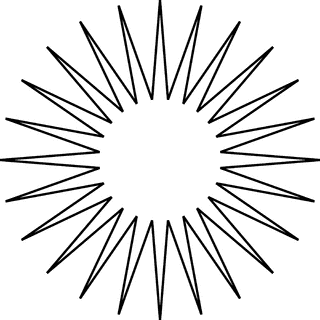Solar sails are not fast and acceleration is not going to provide meaningful simulated gravity. For a long journey, spinning a ship to provided simulated gravity can provide health benefits.
Essentially the ship and sail configuration is a large weight (ship), hanging under a parachute. Except that in this case the parachute (solar sail) is providing lift away from the sun.
Keeping the system stable will be important; to conserve expendable fuel/energy, maximize thrust from the sail, and maintain the general welfare (homeostasis) of the mission.
What configuration of ship and sail provides the most stability, where the ship is providing 1G of centrifugal force at it's outer most deck?
